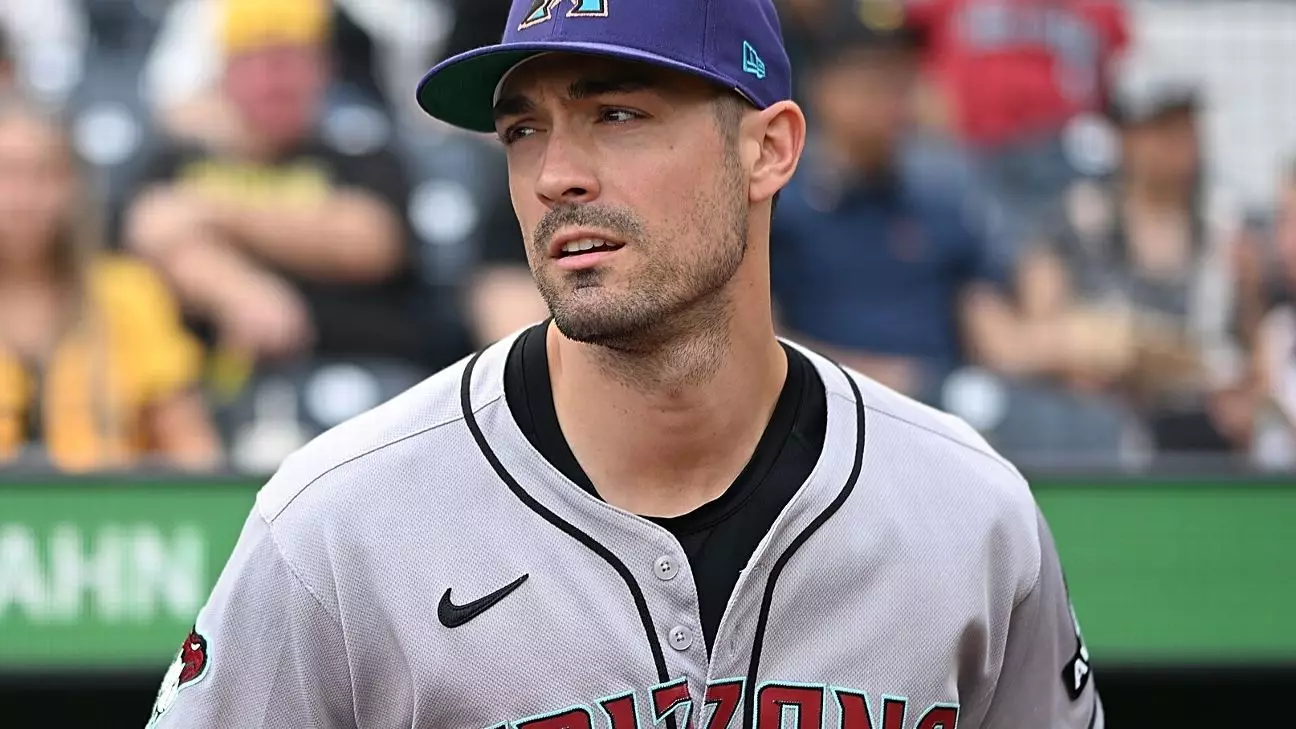The Kansas City Royals’ recent trade for veteran outfielder Randal Grichuk signifies a deliberate shift in their organizational strategy—aimed at blending seasoned talent with emerging prospects to forge a more competitive roster. This acquisition isn’t just about filling a gap; it’s a move rooted in the understanding that experience and leadership can accelerate a team’s development trajectory. Grichuk’s track record of power-hitting and consistent hitting for average provides the Royals with an immediate upgrade in their outfield lineup, while also imparting invaluable veteran insight to younger players.
While some might dismiss the trade as a mere roster shuffle, it’s actually a calculated investment into the team’s future. Grichuk’s career accomplishments—highlighted by a strong 2021 season—prove that he can perform under pressure, serve as a clubhouse leader, and step into crucial moments with confidence. For a franchise seeking to not only compete but to reestablish its status as a playoff contender, acquiring a player with Grichuk’s experience is a strategic move designed to elevate the overall competitiveness of their squad.
Understanding the Implications of the Deal
In exchange for Grichuk, the Diamondbacks received promising young right-hander Andrew Hoffmann—an intriguing, low-cost investment for a team navigating a rebuilding phase. Hoffmann’s limited exposure this season—just three appearances—may suggest he has untapped potential, and the Diamondbacks see value in his future development. This kind of deal reflects the current market trend, where teams are balancing immediate needs with long-term prospects, often favoring prospects over established veterans unless the latter deliver specific strategic advantages.
Grichuk’s departure from Arizona underscores the team’s realistic approach to their playoff aspirations. With a .243 batting average, seven home runs, and 22 RBIs, he provided solid offensive production amidst Arizona’s struggling campaign. However, for the Diamondbacks, this move leans toward a rebuild, trusting in younger talent to take them forward rather than relying excessively on aging veterans. Meanwhile, Kansas City’s acquisition aligns with their desire to inject power and veteran stability, filling a gap as they look to develop their farm system into a formidable major league contender.
Reflecting on the Broader Context of MLB Trades
This trade exemplifies the ongoing chess match among MLB teams during the trade deadline—a fierce competition to optimize rosters for both immediate success and sustainable growth. Kansas City’s move indicates an aggressive posture, aiming to capitalize on Grichuk’s reliability while the market still presents leverage. On the other hand, Arizona’s focus on prospects signals a clear preference to build through youth, possibly eyeing future seasons rather than immediate contention.
The trade also highlights a philosophical divide: whether to prioritize veteran experience for short-term gains or to emphasize the development of promising young players for future glory. In this case, Kansas City appears to lean toward fortifying their present, understanding that seasoned players like Grichuk can serve as catalysts for a team-wide boost—especially crucial as they push to emerge from mediocrity and climb the standings.
—
This strategic maneuver reflects not just the current state of these franchises but also their ambitions. For Kansas City, acquiring a player of Grichuk’s caliber is a statement of intent—a sign that they are determined to build a roster capable of competing with the best in the league. Such moves, while seemingly incremental, can ultimately serve as key catalysts in transforming a team’s competitive landscape, paving the way for sustained success.

